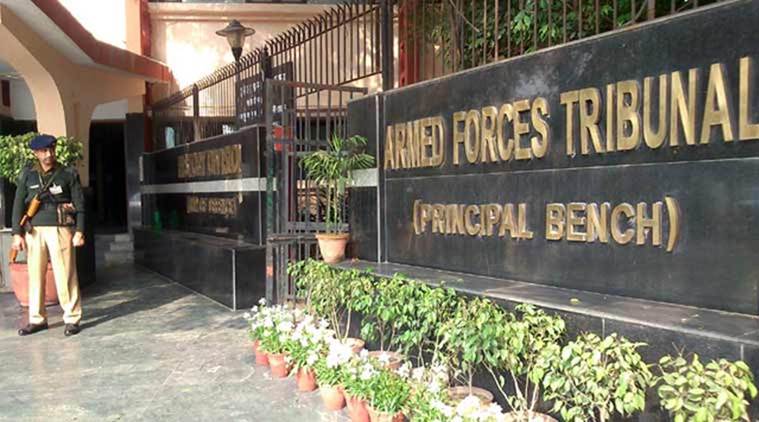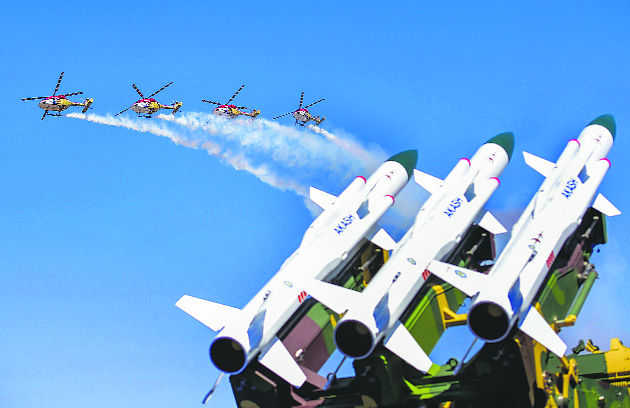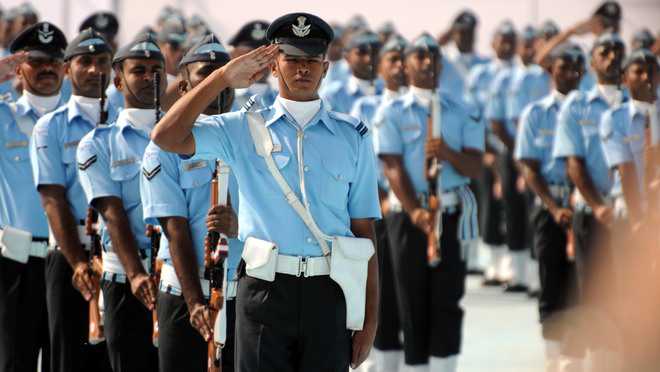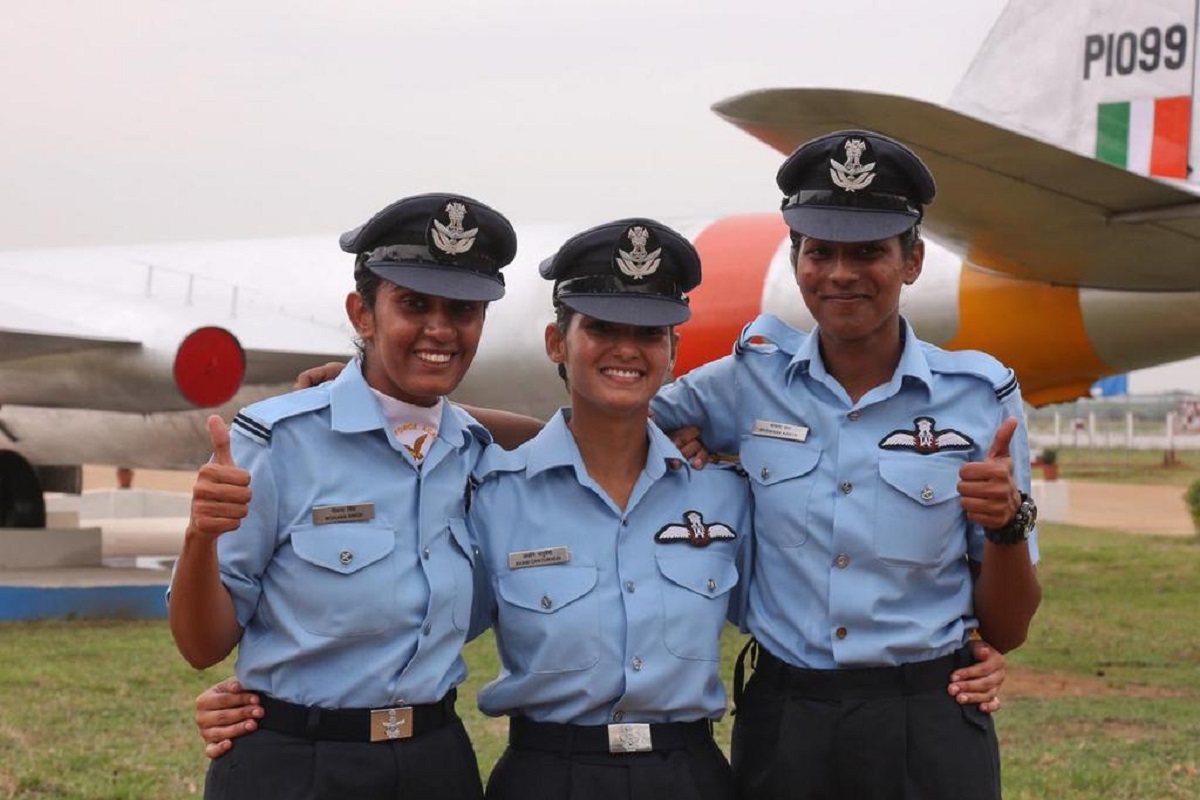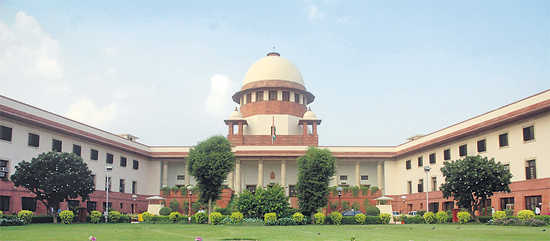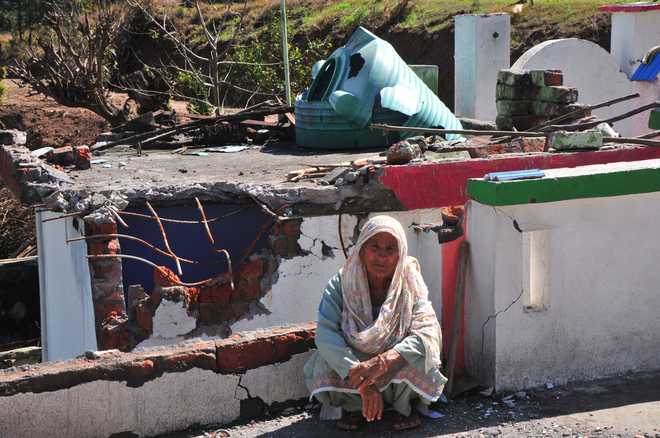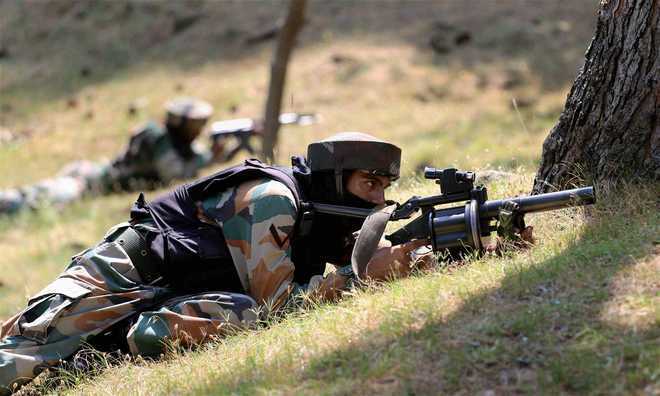The precision strike launched by the Indian Air Force on Pakistan based terrorist camps is an indicator of perfection, professionalism and training. The force had been facing flak in recent times over crashes of aircraft and loss of valuable pilots. Alongside it there have been accusations against governments, past and present, for their inability to provide modern aircraft. Simultaneously, HAL had been accused of poor quality, delays in production and development of indigenous aircraft.
While the political battle on Rafale would continue, the Air Force is now the darling of the country. It has given India the retribution its public demanded for the Pulwama terrorist attack. The nation demanded blood and was unwilling to accept India’s diplomatic and economic measures taken against Pakistan after Pulwama.
In addition, its pilot, Wing Commander Abhinandan Varthaman, who was captured by Pakistan and returned, downed a Pakistani F16 fighter jet, from his MIG 21 BISON, a rare feat. This act compromised the invincibility of the F 16. The aircraft used in the strike mission were the Mirage, maintained by HAL and they performed to perfection.
Presently, political parties are battling over the numbers killed in the strike. While the BJP quotes figures between 250 to 300, the opposition questions them. The Air Chief staying away from the controversy stated that the Air Force considers destruction of targets, not the numbers eliminated. He was clear, the Air Force was tasked to conduct a mission, it did so and gave the nation the results. The mission was clean and there was no collateral damage.
The Air Force also provided the government with satellite evidence of the success of the strike. The evidence gave details of the target struck, not casualties caused. In the Air Chief’s opinion, figures do not count. He is right as the strike was intended to send the right message, which has been delivered. It caused ripples within the Pakistani military-politico establishment. Further, his comment that ‘had the aircraft hit only trees, Pakistan would not have reacted’, is a fact.
The reality which is ignored is that for Pakistan to admit a terrorist camp had been struck would be disastrous internationally. India had repeatedly projected the location of this camp to Pakistan, which it continued to deny. The camp was on the radar of multiple nations as those trained there were sent to both Kashmir and Afghanistan. Since there were no civilian and military casualties, they could cover up the strike. The site has yet to be opened to the international media, proving the Indian claim.
The target was on a hilltop. Taking press personnel to the area on another hilltop in jungle terrain is easy. Journalists never possessed exact locations of the camp which was struck. If the journalists had been shown a functioning camp, then questions on the efficacy of the strike could be questioned. Since Indian security agencies had been monitoring the camp for over a decade, evidently earlier governments would also have been aware of the figures present, which they now tend to discard.
In this din of political oneupmanship, the credit which the Air Force deserves is being missed. While nations have reacted to terrorist strikes with air power or even adopted punitive actions against erring neighbours, none has faced the challenge India did in conducting this strike.
Israel is the most quoted nation. Its air force has pounded Hamas targets, but Indians tend to forget that Hamas has neither an air force nor an air defence system. It is an open target with no response mechanism, hence Israel can attack at will. India employed Israeli ammunition, which is designed to penetrate and destroy, reducing collateral damage, which is what Israel does.
Israel has also attacked Iranian targets in Syria, which once again were unsupported by Iranian or Syrian air force. The US has attacked militant and terrorist targets employing air power in Afghanistan, Syria and parts of Africa. In all these cases, the targets lacked credible air defence capability.
The US has targeted terrorist leaders in Pakistan always with a drone strike. The operation to eliminate Osama Bin Laden was a major success and an exception. However, it knew that Pakistan could not hit back at it militarily as the distance was daunting. Neither could its air power strike the US in Afghanistan as it would be termed as a terrorist nation. This worked to their advantage.
For India, Pakistan is a nuclear adversary, which has continuously been playing the nuclear card. In no case would Pakistan permit India to consider itself as powerful as the US. Being a sworn adversary, it would have to respond. Its air power and air defence are fairly powerful, backed by the availability of US F16 aircraft in its inventory. Its air defence system is Chinese manufactured and generally reliable.
For the Indian Air Force to penetrate the system, strike even before the Pakistani air force could be airborne, is a feat which few nations could emulate. The accuracy of the strike shook the Pakistani establishment as there was no collateral damage at all. Hence, Pakistan avoided granting India the honour of admitting its losses. The repulsing of the Pakistani counter-strike and the downing of an F 16, by an aircraft of a lower calibre, was another display of excellence.
This indicated that despite all its losses in training, lack of latest generation of aircraft and pilot trainer jets as also quality issues of the HAL, the training, capability and expertise of Indian pilots is unmatched. It proves the professionalism of the force, which should be respected by the nation.
Somewhere in the battle for number of terrorists eliminated, Rafale and votes, appreciation for the professionalism of the Air Force, which performed to perfection against a nuclear-powered adversary has been overlooked. In days ahead this operation will be studied in military institutions for its masterful planning, deception and execution. Few nations can ever replicate this performance. Kudos to the Indian Air Force.
(The writer is a retired Major-General of the Indian Army)


